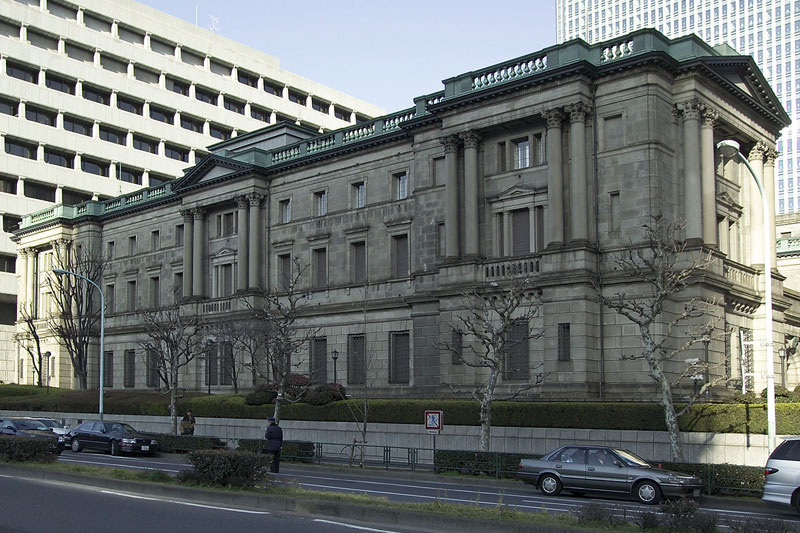(Bloomberg) — The Bank of Japan kept its stimulus on hold and indicated increasing concern over the economy as it stuck with a dovish stance that contrasts with the rate hikes of the Federal Reserve and the Bank of England this week.
The BOJ left its interest rates and asset purchases unchanged, according to a statement Friday, as predicted by all economists surveyed by Bloomberg. The bank revised down its economic assessment just two months after it was upgraded, citing the impact of Covid.
It also flagged the need to monitor developments in markets and commodity prices in the wake of Russia’s invasion of Ukraine.
With the decision, the BOJ cemented its outlier status following the interest-rate hikes of its global peers this week.
With little local price growth and, the economy struggling to return pre-pandemic level and the outlook clouded by the war in Ukraine, the decision probably wasn’t difficult. Still the position for policy makers could get increasingly awkward for policy makers of the coming months as public angst rises over cost-push inflation driven by rising fuel prices and a weakening yen.
The BOJ tweaked its wording on the outlook for inflation, saying it’s expected to “clearly” rise and citing energy prices as the key driver. It kept a bias toward easing, with guidance for rates to stay low or go even lower, wording that the European Central Bank ditched last week.
Japan’s key consumer prices rose 0.6% last month, according to a government report earlier Friday as energy costs rose at the fastest pace in 41 years.
Read More: Japan’s Two-Year High Inflation Far From Budging BOJ on Stimulus
Price growth is expected to accelerate from April, when the heavy drag from cell phone fee cuts begins to drop out of calculations. With a further boost from energy prices also expected, an increasing number of economists are warning inflation could reach 2% or breach it. That might put consumers off spending and deepen public discontent at a time of limited wages growth.
A jump in oil prices following the Russian invasion of Ukraine is already pushing inflation beyond the BOJ’s most recent quarterly projections in January, adding to negative factors weighing on the fragile economy, people familiar with the matter told Bloomberg earlier this month.
What Bloomberg Economics Says…
“Our focus will be on the BOJ’s assessment and any guidance it gives on how it may respond to the risks. In our view, the timing of its policy normalization has shifted further into the future, to 2024.”
— Yuki Masujima, economist
For the full report, click here.
A weaker economy could complicate Prime Minister Fumio Kishida’s campaign for key elections this summer. On top of the measures he has taken to cap gasoline prices, the premier is likely to order a large-scale economic package, according to a local media report Wednesday.
The economy is on the verge of another contraction this quarter, mainly due to fallout from the omicron variant that struck earlier in the year. With few natural resources, Japan is set to be hard hit by the surge in oil and commodity prices.
It’s critical for the BOJ to align with Kishida’s government, particularly this year as he is likely to select a successor to Governor Haruhiko Kuroda, whose term ends in April next year.
Kuroda is likely to stress the need to keep ultra-loose policy in place to support the economy during his press conference in the afternoon. In doing so, he will need to tread a delicate path as too strong a tilt toward easing could weaken the yen further and add to concerns over import costs.
There is little the central bank can do in the current economic circumstances, according to Kazuo Momma, a former top BOJ official in charge of monetary policy. Changes are likely to come via nuance in the BOJ’s communications, including deemphasizing its 2% target in the face of cost-push inflation and touching on the negative aspects of a weaker yen for some parts of the economy, he said.
(Adds more details from statement)
©2022 Bloomberg L.P.

Source : BLOOMBERG

